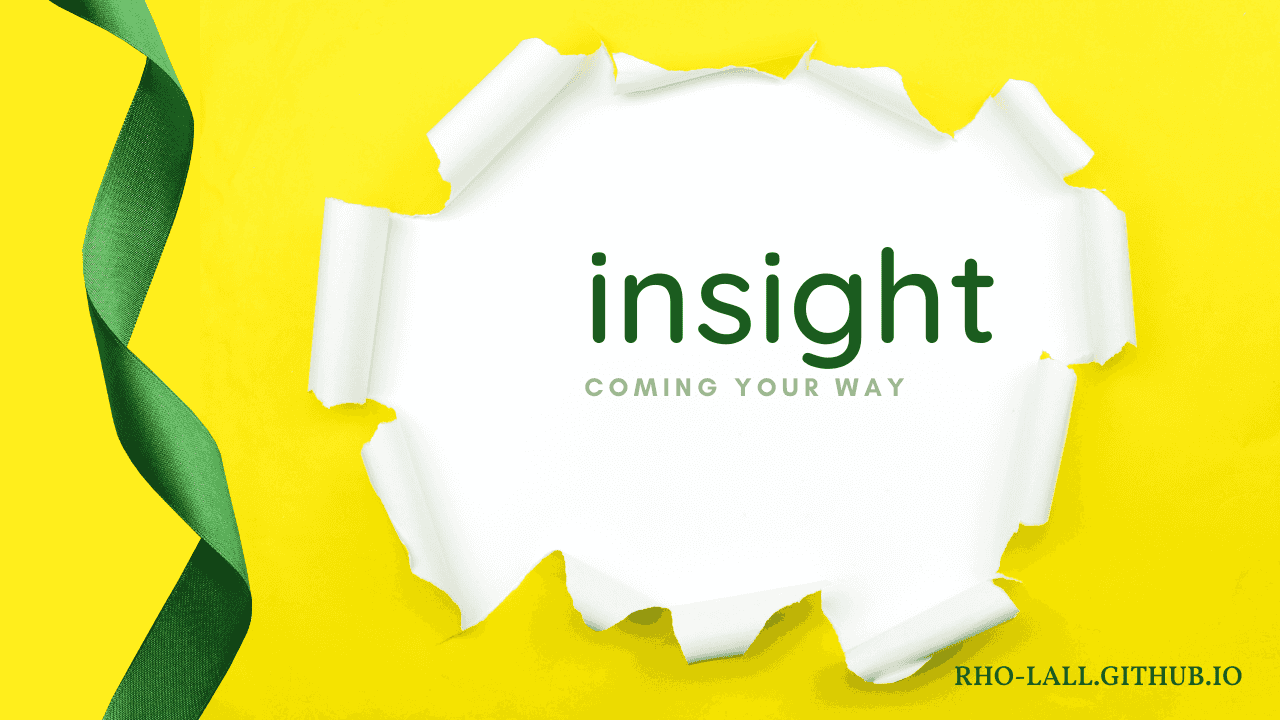
Building Insight
Posted: May 4, 2022
Do you find yourself sifting through signal and noise? Is there a lot of low value data to sift through?
Data is only as powerful as the insights we can unlock, data is no longer the constraint, it’s not that the data isn’t accessible; it's that we are not accessible to the data.
Instead. Build insight that drives action, build tools that cater to our human experience, what does limit us isn’t the data, but the questions we ask!
All it takes to break free is a simple shift in focus by asking two main questions:
- Are we asking the right questions?
- What is the key insight?
What are the right questions? A lot of data products are based on KPIs, as they should. Best practice for layout design employs the inverted pyramid. Display KPIs at the top for easy reference, follow up with historical and contextual trends to build understanding, close with a table to export detail for further exploration and analysis.
Use separate dashboards to report on drivers for these KPIs in a similar fashion. But KPIs are not questions. KPIs answer the question, how are we doing?
What is the key insight? KPIs are not insights. Insight is the story we tell to provide understanding about our KPIs. Marshall McLuhan, known for his studies of the effects of mass media on thought and behaviour said, “A point of view can be a dangerous luxury when substituted for insight and understanding.” Historical trends and context related to drivers are not a substitute for understanding. Our point of view is also not a substitute for understanding. Taken together and combined with other points of view, they can lead to understanding.
Build in action or build inaction. According to Carly Fiorina, the goal is to turn data into information, and information into insight. Unfortunately, that isn’t true in practice. Insight alone is worthless unless it changes behavior and enables better decision making. We must build tools that cater to the human experience. Three key actions we can take on include: put analytics to work for people who are not data experts leverage data to make lives easier embed an immersive experience into current workflows
TLDR:
Share insights in a way that drives action. Build tools that cater to human experience:
- put analytics to work for people who are not data experts
- leverage data to make lives easier
- embed an immersive experience into current workflows
Shift focus by asking two questions:
- Are decision makers empowered to ask the right questions?
- What is the key insight?
Pro tip to asking the right questions, start with KPIs and their drivers. There are more, but start here.
Insight is the story we tell to bring understanding to the KPIs.
Resources
If you would like to dig deeper into this topic Meghan O'Hern, Data Analytics Solution Consultant at Looker, recently spoke on Leveraging AI and ML to Humanize Data Experiences. Her thoughts serve as the inspiration for this post.